I’m just going through old photos.
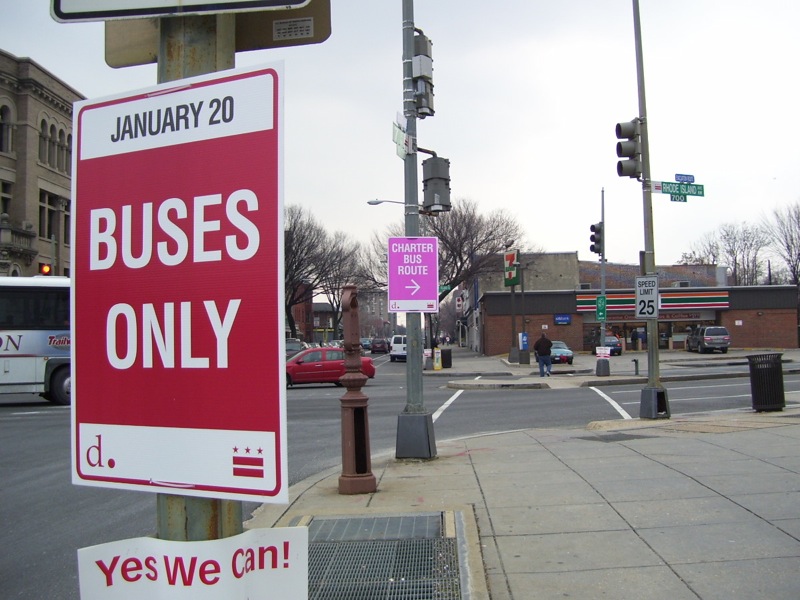
There’s the old 7-11 before it’s facelift not too long ago.
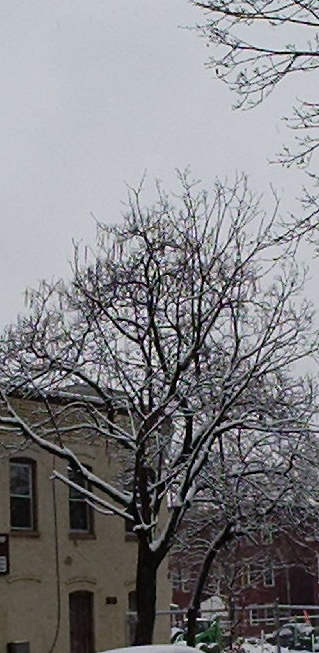
Happy Boxing Day.
A quick look at this photo taken in 2005 shows the block before the Fourth St Friendship Seventh Day Adventist church built their modern wing. It appears ground had been broken and fencing was up.
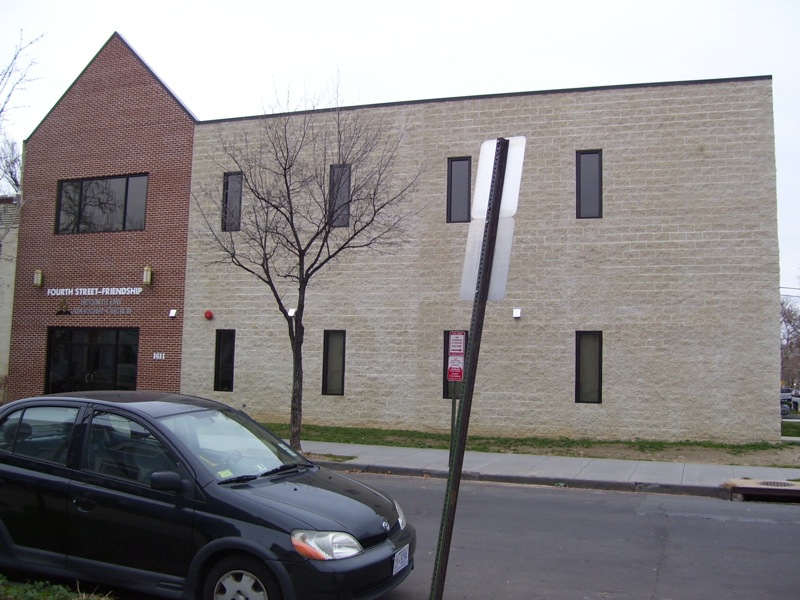
Earlier I looked at Langston which, as far I know, is still a husk of a building. Langston was a school where African American children learned and played. But despite being on the Register of Historic Places, it is still a decaying structure. Armstrong was also on the Register and it was delivered back to the land of the living and in the 2023-2024 school year be a place where African American children learn and play.
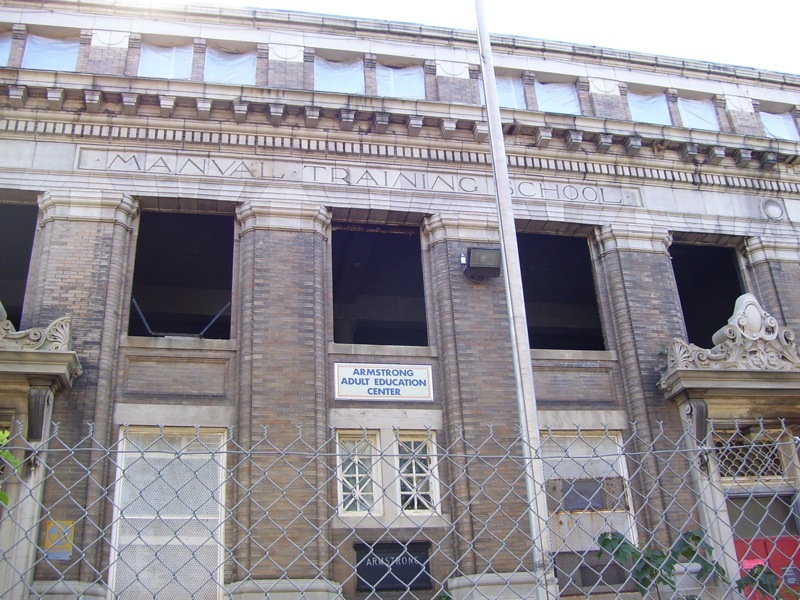
The school underwent renovation in 2007 to turn it into a charter school. The man heading up the effort was Kent Amos, who is still alive. He was operating a profitable looking non-profit and was able to funnel about $24 million dollars into turning a decaying building to transform it into a functioning school.
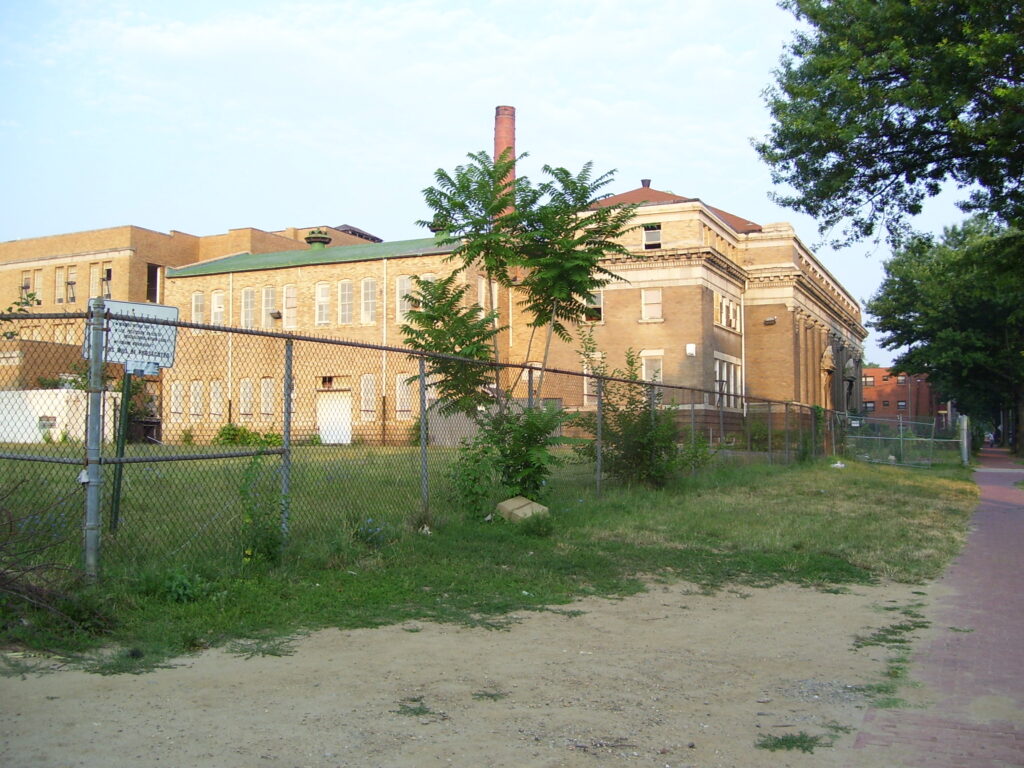
In 2009 neighbors complained that the CAPCS charter school was renting out the building to the Metropolitan Baptist Church and turning the field on 1st Street NW into a parking lot. Yes, that parking lot got sneaked on.
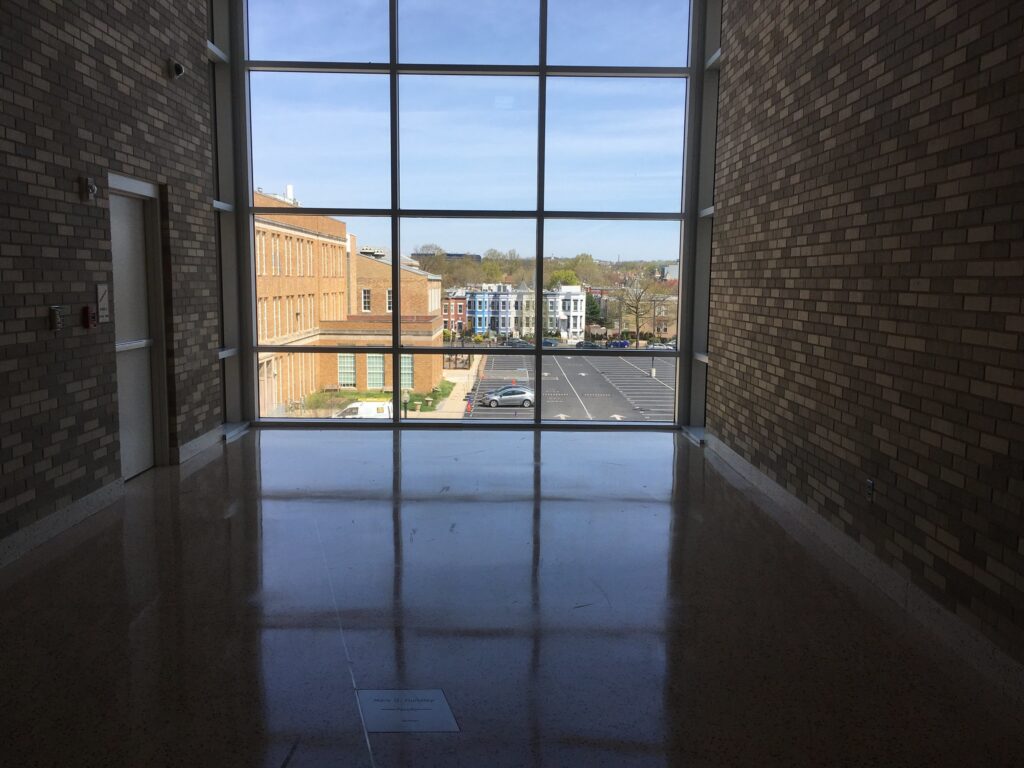
There were problems with the CAPCS school and it’s founder. In 2015 Jennie Niles, the Deputy Mayor for Education issued a letter saying:
Dear CAPCS Parents and Guardians,
This morning, the District of Columbia Public Charter School Board (PCSB), an independent board, voted to revoke the charter for Community Academy Public Charter School (CAPCS). While the vote will undoubtedly cause angst for the 1,600 CAPCS students and their families, the District of Columbia is ready to make sure that the needs of the students are met for the 2015-16 school year.
At the request of Mayor Bowser, I developed a plan in collaboration with Friendship Public Charter Schools, DC Bilingual Public Charter School, and the Chancellor of DC Public Schools to provide as much continuity as possible for CAPCS students and families.
Armstrong Campus (1400 First Street, NW): Friendship Public Charter School will assume operations beginning next school year (2015-16) for all 523 students……
After that Armstrong has been operating as a regular old charter school. I’m happy it is a building that is being used and maintained.
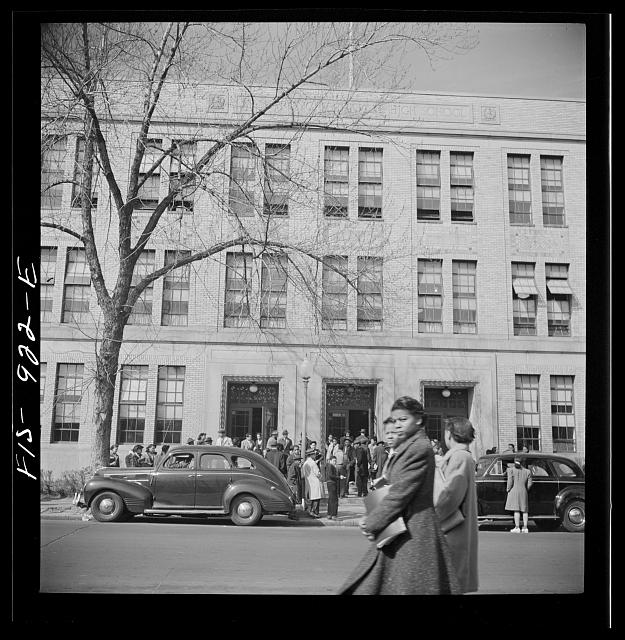
I’m going through my old drafts. Some I rewrite, such as this one. Some I delete. And some I rewrite, still think they’re crap and delete them. This was written October 8, 2008.
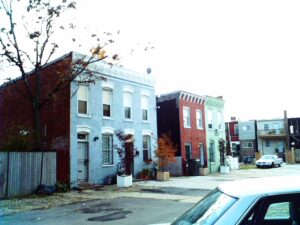
Sometimes.
I’ve just finished reading an article regarding the upsides of raising a family in a 1,200 sf house over that of a McMansion. The author writes:
Looking back on 18 years of living small, I see that our snug house has prevented us from easily avoiding one another by retreating into our own spaces. We’ve been able to eavesdrop on our kids as they played with friends and look over their shoulders as they did homework on the dining room table. It’s been good for our health too, forcing all of us, especially our sons, to spend more time out-of-doors. There simply isn’t room to get too rowdy inside, so often they have headed outside to a neighborhood park that’s conveniently located just across the street.I hope we’ve given our sons the message that wealth doesn’t come from our material possessions, but instead from the diversity of experiences we have and the richness of our community.
The author also mentions that with a smaller house she could pay off the mortgage quicker, heat it for less and have a better commute. I already have the great commute. It is my great luck to work for an agency whose DC metro branches are all along the Green Line. My current commute is a 30-45 minute walk, or 20 minutes by metro, and that is priceless. The house is small and there isn’t much to heat or cool, and I tend to be happy lounging in 1/6th of the space. And there is the possibility of actually paying off the mortgages in the next 15 years, but I owe that more to when I bought the house as opposed to the size of the house.
The article was in the conservative online magazine Culture 11 “Living Small”
The podcast Myths and Legends is a pretty good reminder of one of the problems with being in a Greek tragedy, that bad thing you’re trying to avoid is going to happen. Sometimes the very actions taken to avoid the bad thing, lead straight to the bad thing. That’s one way of looking at things, the other is to blame the Oracle for giving vague easily misinterpreted answers.
Shaw has experienced tragedy. It took 30+ years for the neighborhood to mostly recover from the 1968 riots. Of course, prior to the first window broken or building fire, the neighborhood suffered as a slum.
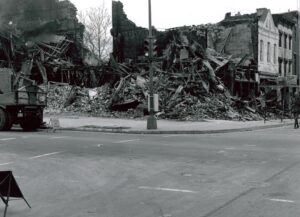
I wonder, and this is just me spitballing, if some actions taken to ‘improve’ the neighborhood, or anywhere, could wind up doing the opposite. I used ‘improve’ in quotes because I’ve seen enough government records to get a bit jaded. Along with plans from the past that did not work out the way they were supposed to. And in the case of George Basiliko and his “improving” the Bates area, I see the road of good intentions being contracted out to a corrupt front that on paper is supposed to build the road but pockets the money elsewhere.
Ignore me. I’m in a mood.
So in prepping for February 2023, I have finally finished Shaw resident and father of Black History, Carter G. Woodson’s, History of the Negro Church. Good lord this book is boring. I’m just yawning at the thought of writing anything about it.
Sadly, this book is not as engaging as the Mis-Education of the Negro. But there are some useful parts, which unfortunately require getting through the tedious parts of the book to appreciate.
Bishop Richard Allen By Dsdugan - Self-photographed, CC0, Link
One of the biggest things I got out of it was that African Americans were organizing and establishing and operating churches and preaching in America prior to the Civil War. Slavery and emancipation where major themes in the book. It is also Methodist heavy.
Thinking of this book makes me wonder if there is an alternative approach to Black history, which tends to be focused on the period of slavery. It is so much so, one may be left with the impression that African Americans didn’t do anything until they were emancipated, either by running North or with the Emancipation Proclamation.
There are gems, but you need to dig through a lot of dullness to get to them. When February rolls around, I’ll try not to bore anyone. Well, no more than I normally bore you.
I was looking through my old Flickr account because I am going to either shut it down or something where I am not paying a large annual fee to keep it.
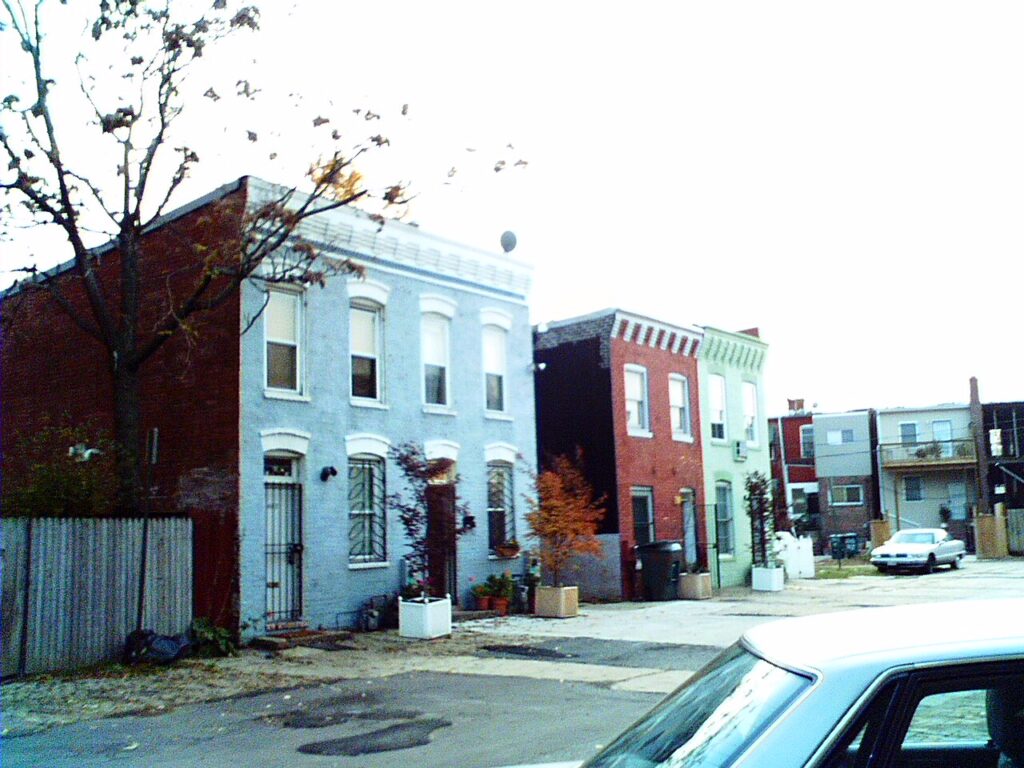
So flipping through some old photos, I found this old gem from 2005.
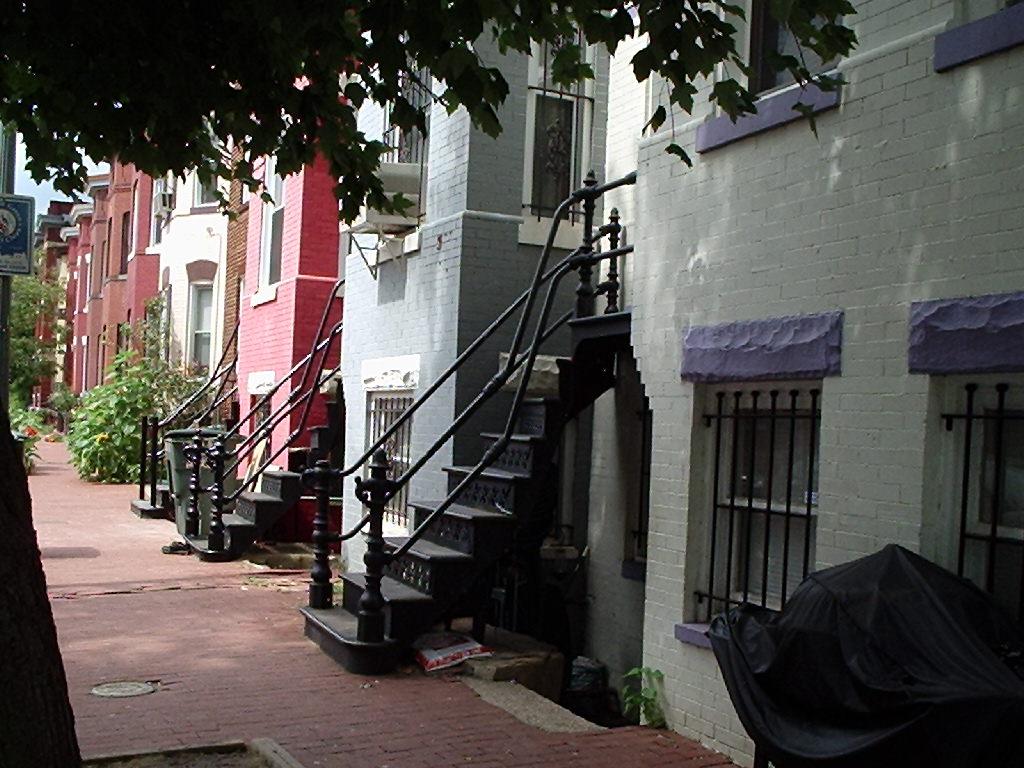 I was looking through my old Flickr account because I am going to either shut it down or something where I am not paying a large annual fee to keep it.
I was looking through my old Flickr account because I am going to either shut it down or something where I am not paying a large annual fee to keep it.
So flipping through some old photos, I found this photo from 2003-ish.

I was looking through my old Flickr account because I am going to either shut it down or something where I am not paying a large annual fee to keep it.
So flipping through some old photos, I found this old gem from 2003, maybe. I don’t trust the date.
As you can see a pop up is popping up in this picture. The 2004 photo hides the pop up.
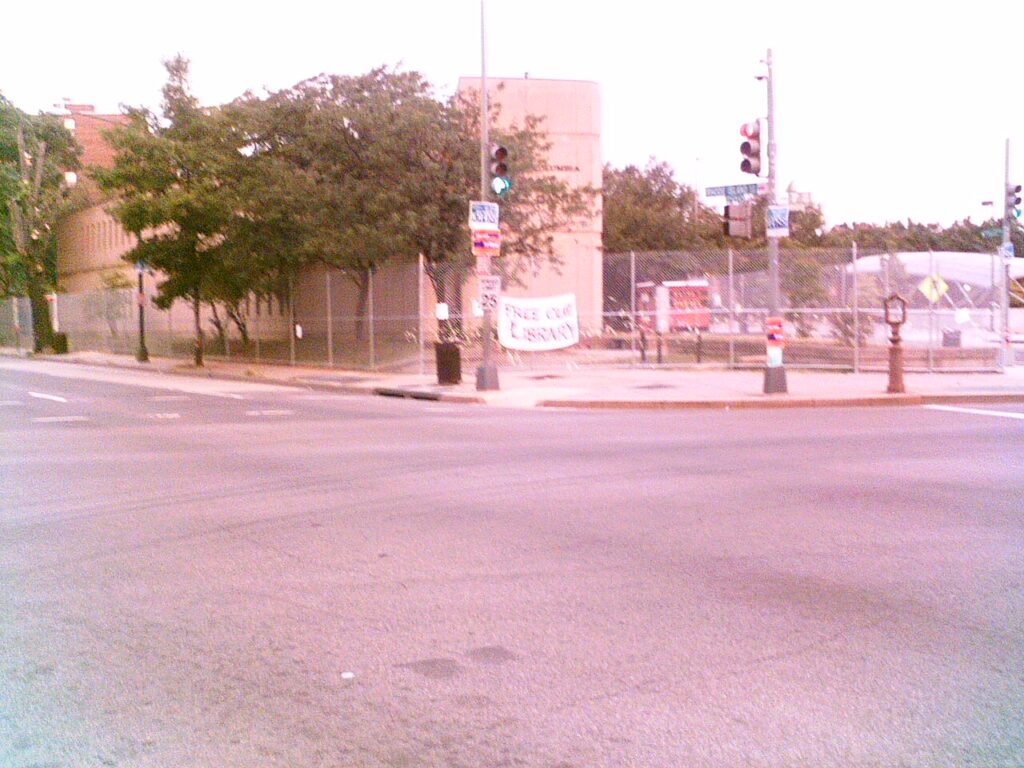 I was looking through my old Flickr account because I am going to either shut it down or something where I am not paying a large annual fee to keep it.
I was looking through my old Flickr account because I am going to either shut it down or something where I am not paying a large annual fee to keep it.
So flipping through some old photos, I found this old gem from August 2006. Above is the Waltha T. Daniels Shaw Library in 2006. There is a much prettier library in that spot now.